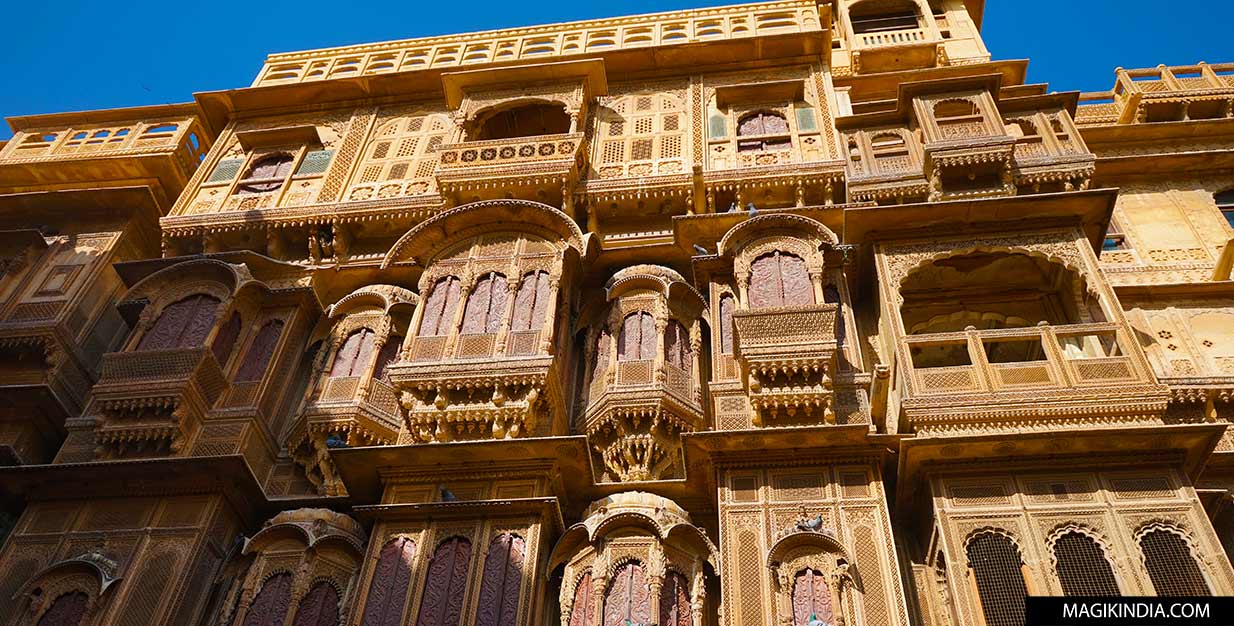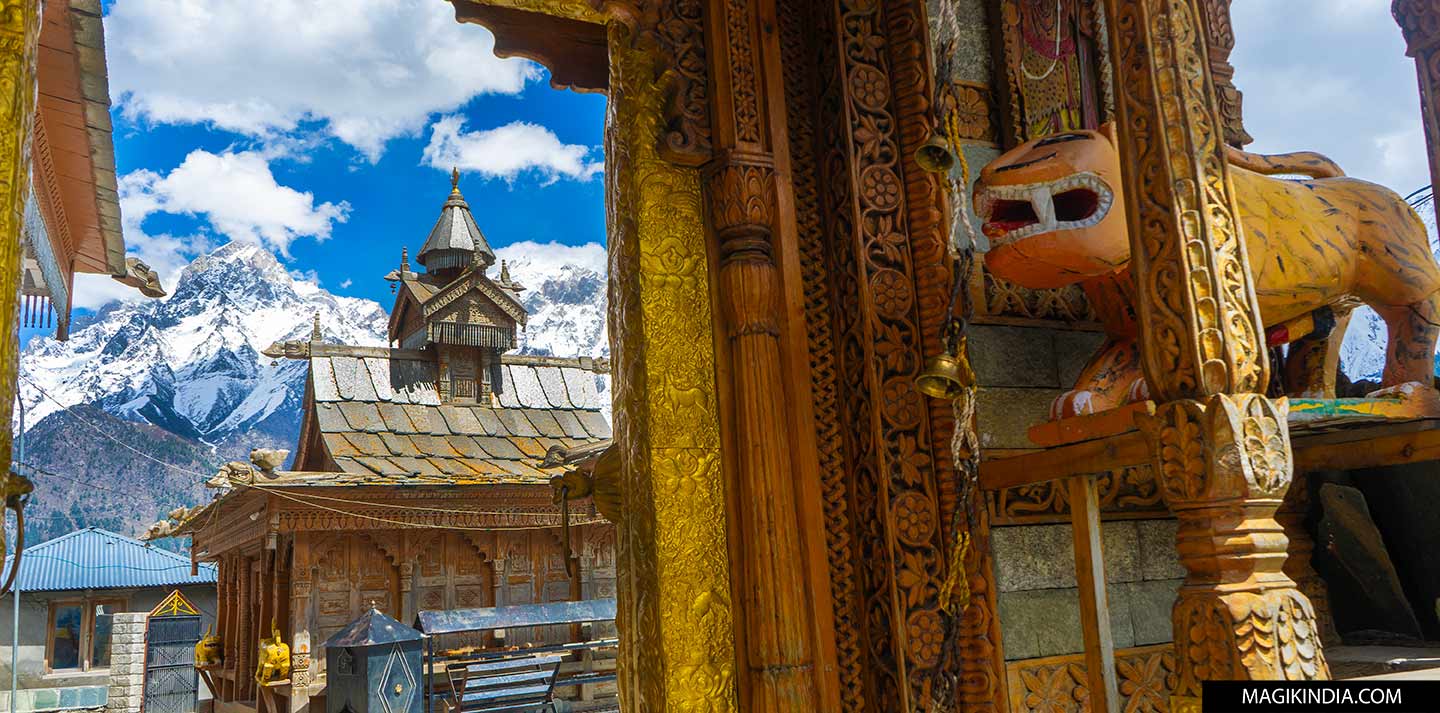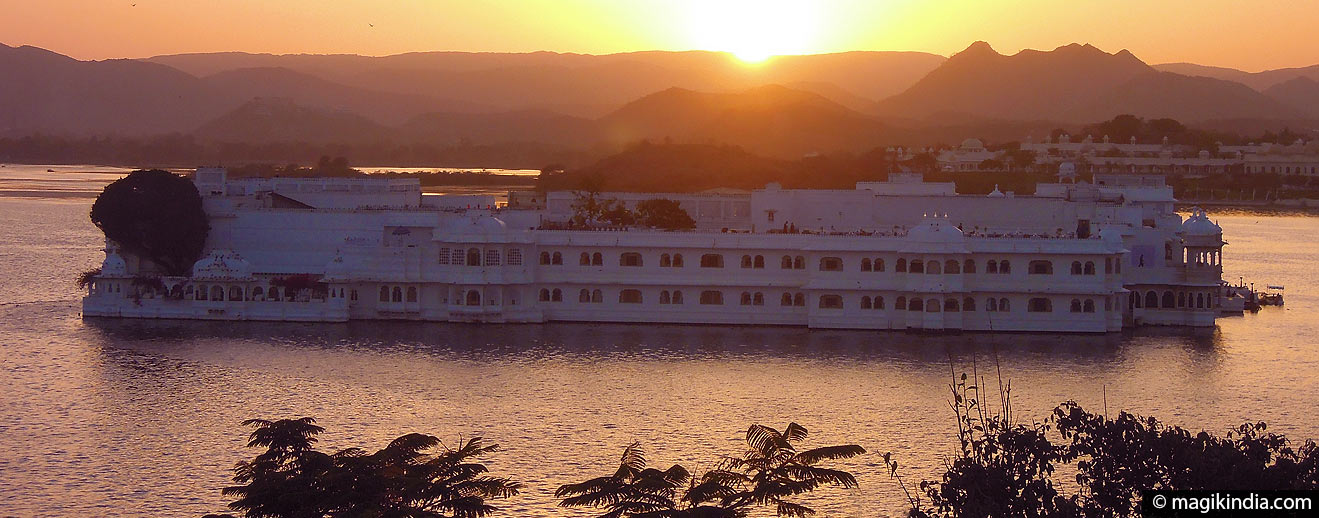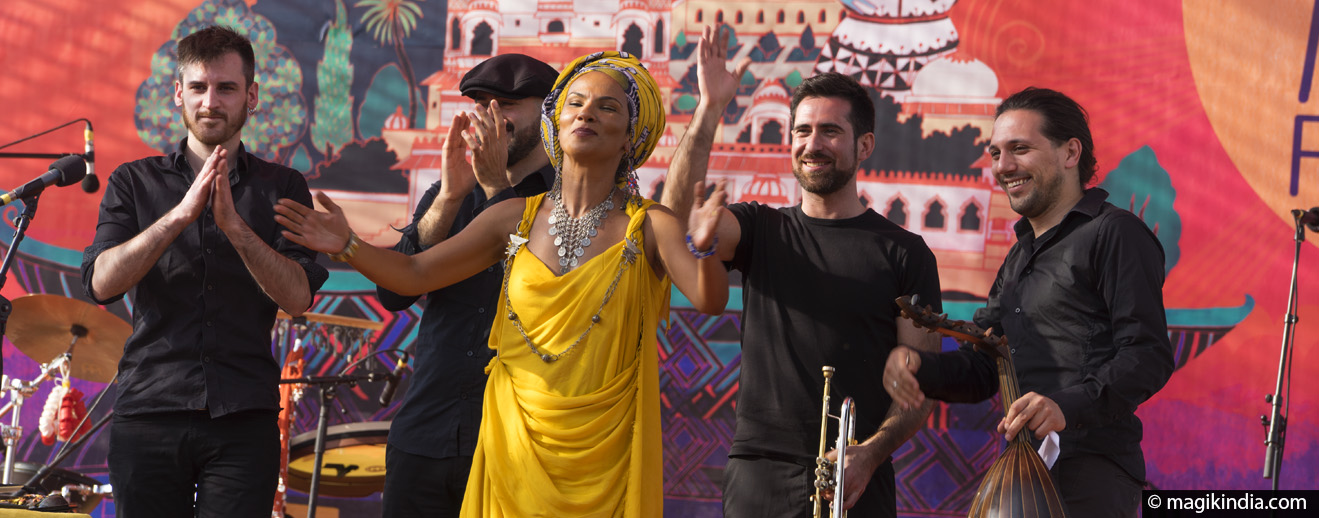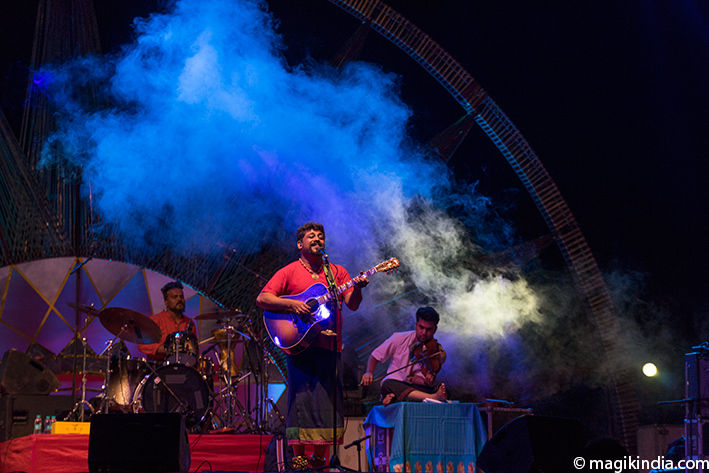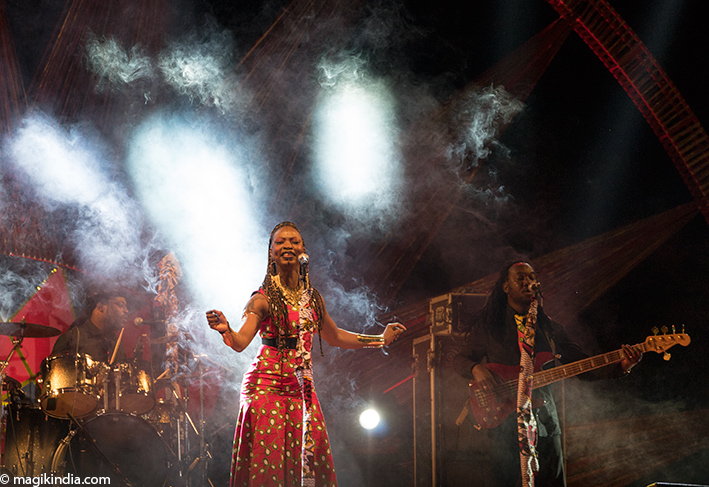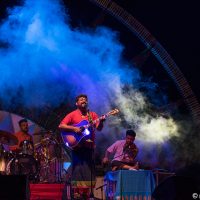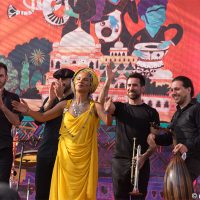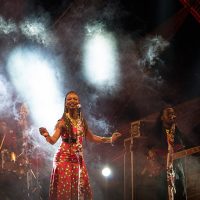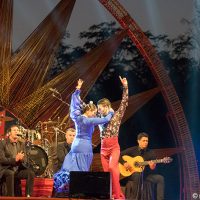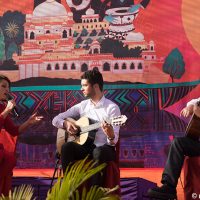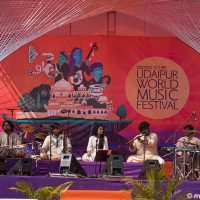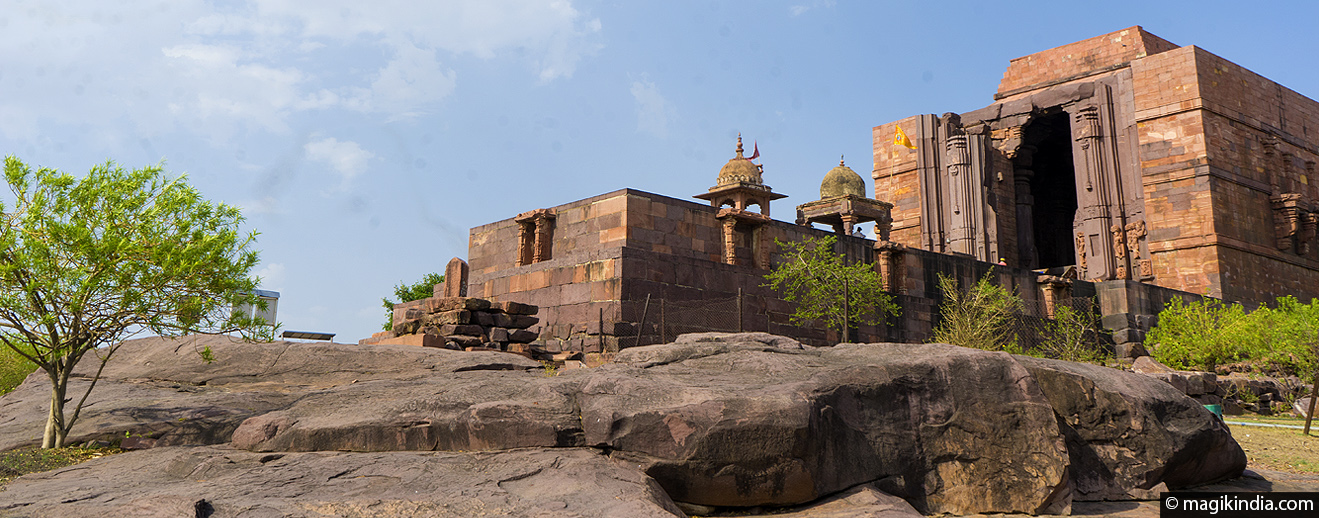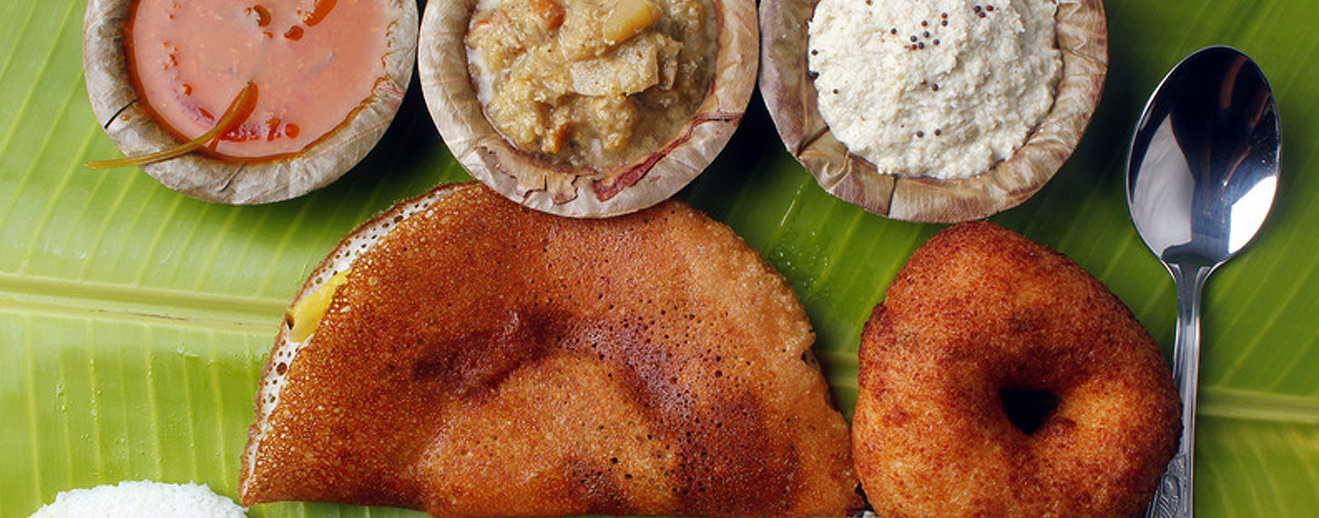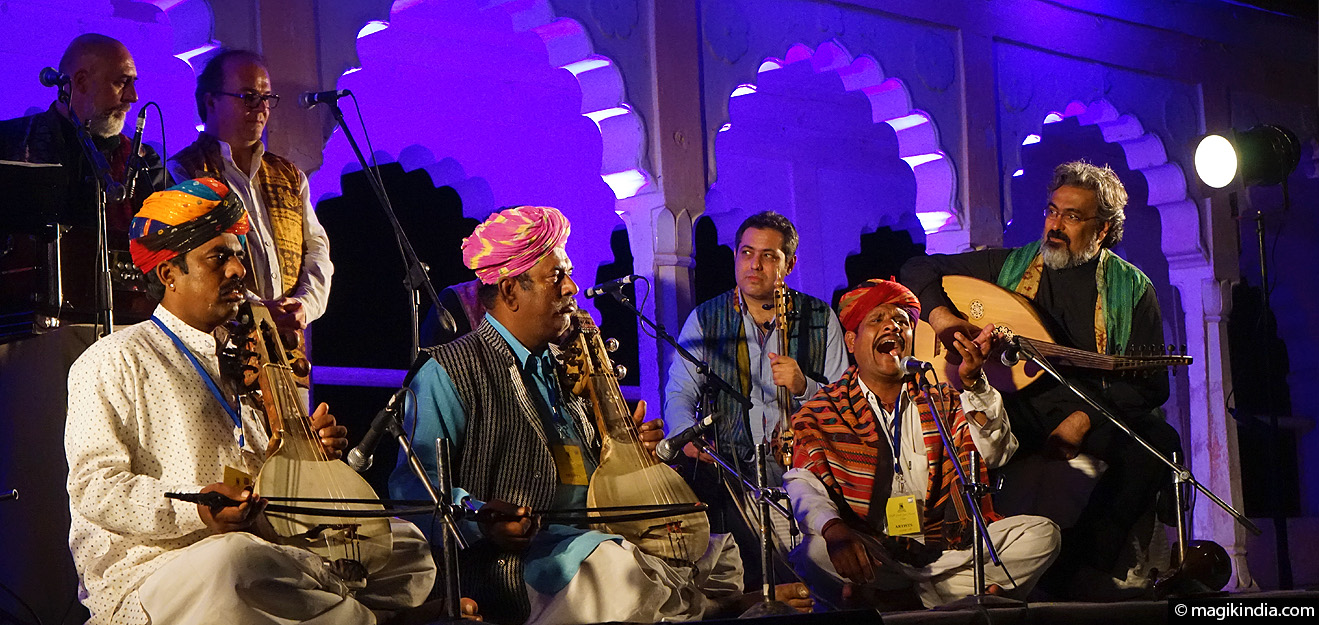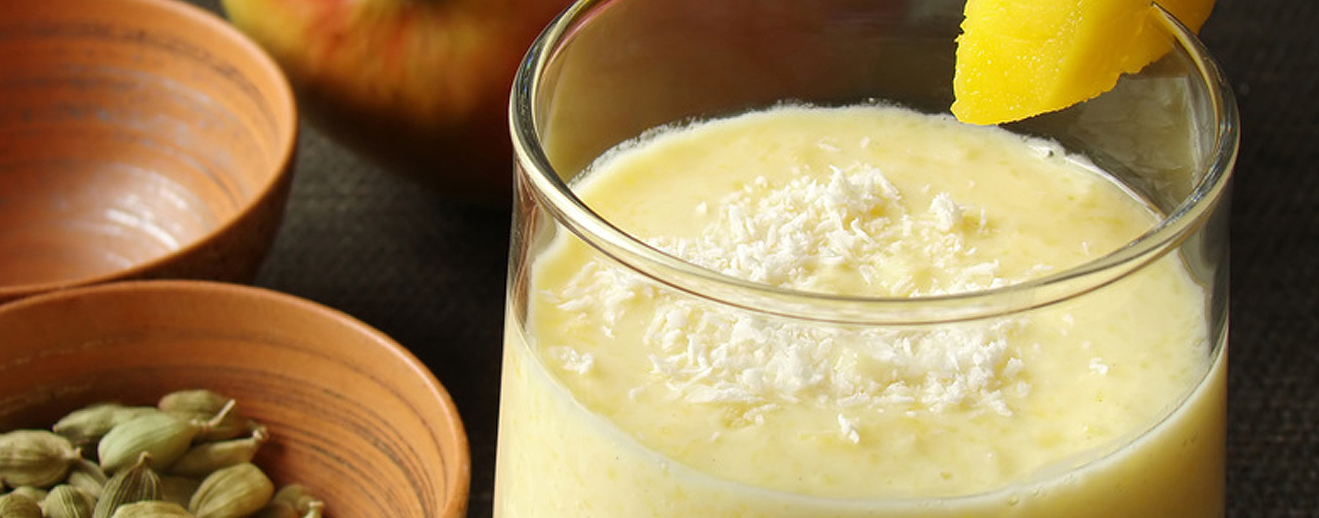
Namaskaram !
Welcome, Padharo ! I'm Mathini, a French woman who has been living in Rajasthan for 10 years. Despite being imbued with Indian culture from a young age it wasn't until 2014 that my Indian adventure really began. I left everything behind in France and set off on a 6-year journey through the land of Gandhi. These adventures are gathered in this blog which aspires, in an intentionally positive spirit, to bear witness to India's remarkably diverse and multifaceted cultural heritage. If this website sparks a desire to pack your bags and set off for an Indian adventure, it will have achieved its purpose. Subh Yatra on Magik India and beautiful explorations in the sacred land of Bharat...
Udaipur, city of lakes, an oasis in the arid wastes of Rajasthan, a sweet dream where majestic palaces are reflected in sparkling water. Yes, Udaipur is certainly one of India’s most romantic towns.
Sanchi, a small village 46km northeast of Bhopal, is famous for its splendid group of Buddhist monuments, some of which date back to the 3rd century BCE. It is the oldest Buddhist sanctuary in existence and remained a major centre of Buddhism in India until the 12th century.
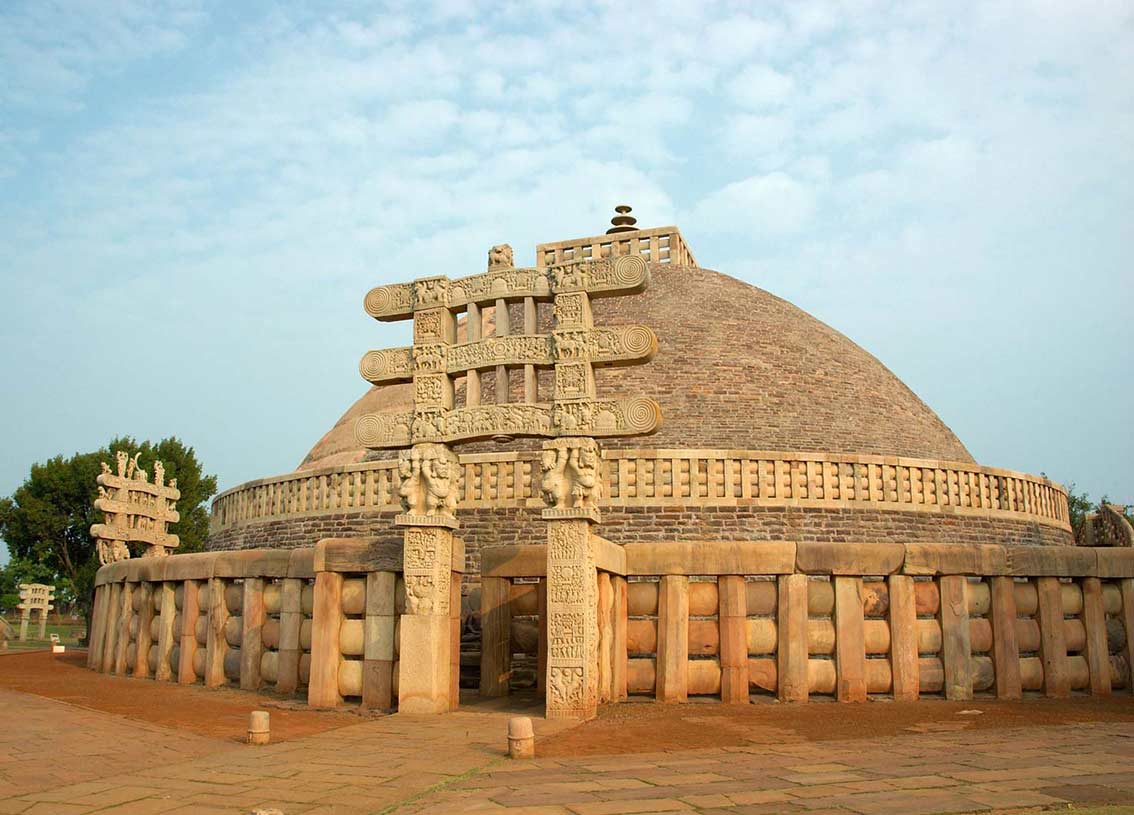
These Buddhist monuments – stupas, a monolithic pillar, palaces, temples and monasteries in various states of repair – bear witness to the emergence and development of Buddhist art and architecture across more than 1300 years, from the 3rd century BCE to the 12th century CE. This is almost the entire period of classical Buddhism in India.

The religious site was founded by the Mauryan emperor Ashoka (c. 272-237BCE). First to be built, at the instigation of Ashoka’s wife who came from nearby Vidisha, were the maha stupa or large stupa on top of Sanchi Hill, a monastery and a monolithic pillar.
The tumulus of the great stupa was encased in masonry under the Satavahana dynasty in the late 1st century BCE.
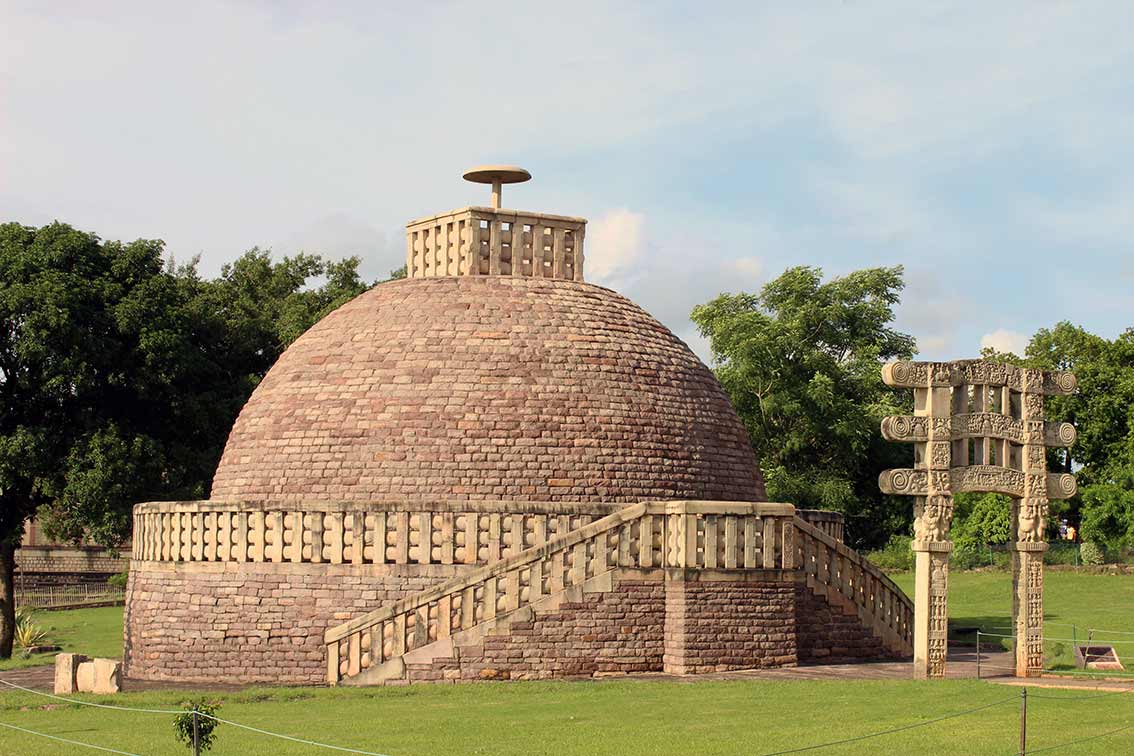
Stupas, monasteries and other Buddhist religious buildings continued to be built in Sanchi until the 12th century CE.
After the Hindu counter-reformation, the Sanchi monuments were forgotten and deteriorated for lack of maintenance.

The site was rediscovered in 1818 by General Taylor of the British Army. Treasure hunters and amateur archaeologists then ravaged the area until 1881, when steps were taken to save the site. Between 1912 and 1919 the structures were restored to their current state under British archaeologist Sir John Marshall.
There are about 50 surviving monuments on Sanchi Hill including three major stupas and several temples and ruins.
The Sanchi group of Buddhist monuments has been on the UNESCO world heritage list since 1989.
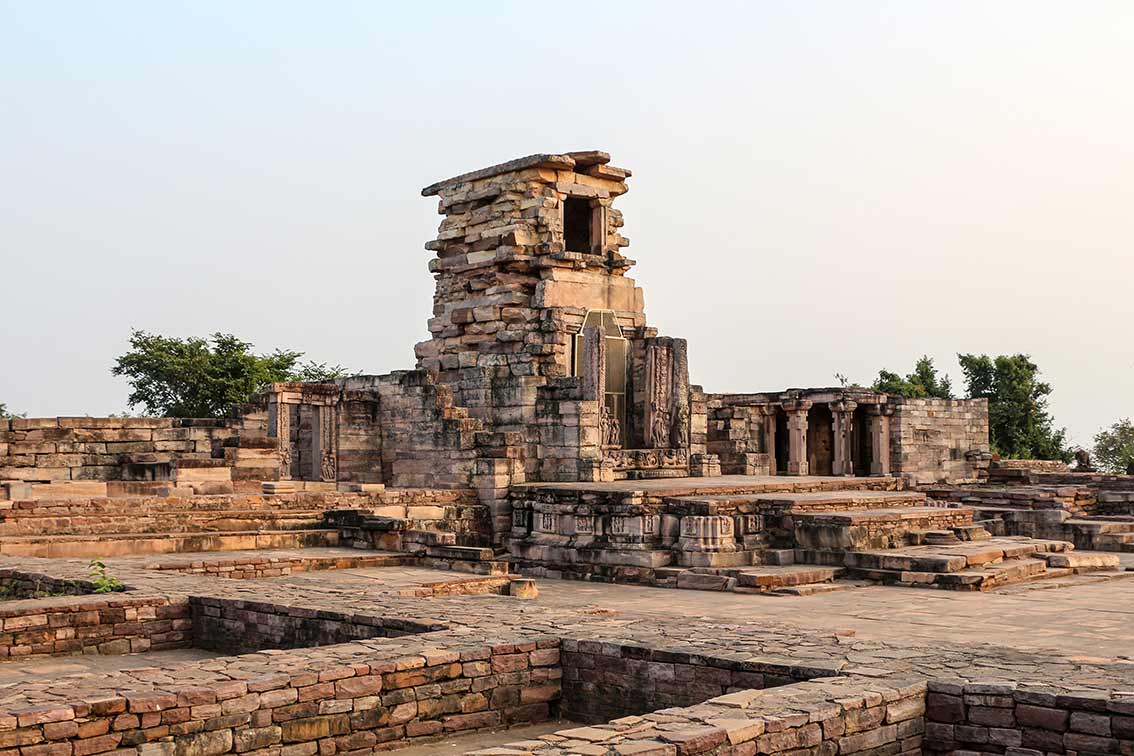
Bhopal is the capital of Madhya Pradesh. Alone among the princely states of India, it was ruled by a succession of four Moslem queens, the Begums, from 1819 to 1926. The Begums made considerable infrastructure investments in Bhopal. The vestiges of Bhopal’s history worth a stop, not to forget around the amazing sites of Bhojpur, Sanchi and Bhimbekta.

A little history…
According to folk tradition, Bhopal was founded in the 11th century by the king Paramara Bhoja, but there is no archaeological evidence for this.
In the early 18th century, Bhopal was a small village in the tribal kingdom of Gond. The modern town was built by Dost Mohammad Khan (1672-1728), an Afghan commander in the Mughal army.
Khan was granted the territory of Bhopal by the Gond queen Kamlapati in payment for his services as a mercenary in the unstable Malwa region (western Madhya Pradesh). When Kamlapati died he usurped her throne. In the 1720s he built a fort called Fatehgarh in the village, which grew around the fort into the town of Bhopal.
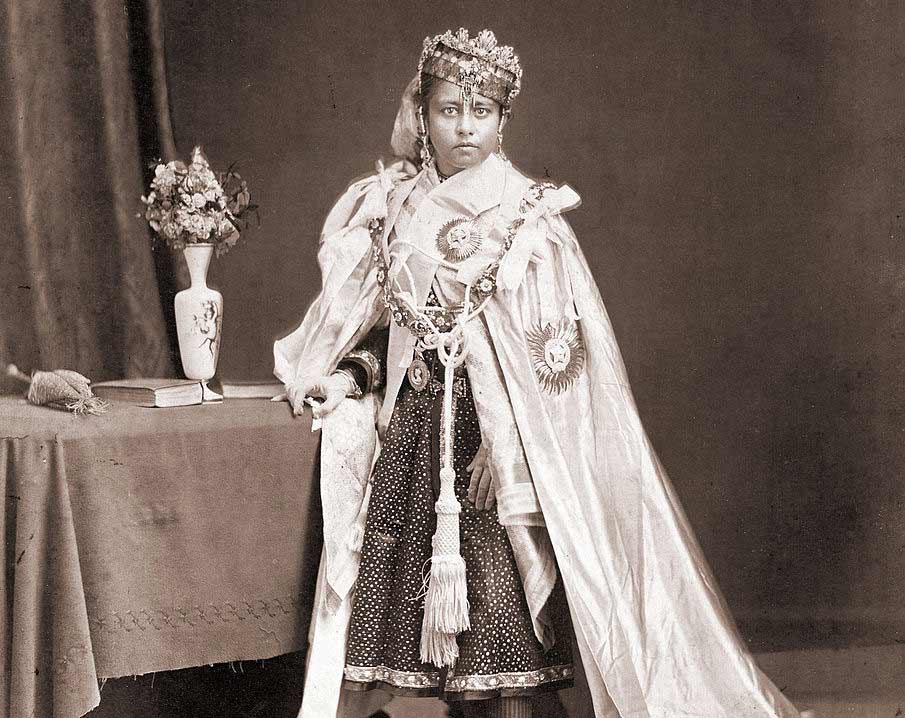
Between 1819 and 1926, under British sovereignty, the princely state was ruled by four women, the Begums (Muslim queens). This was a unique occurrence for the time, and even for our day. Under the Begums the town acquired networks of aqueducts and railways, a postal system and numerous imposing buildings such as mosques and palaces.
The disaster of 1984
In 1948 the town made tragic front page news all over the world. On the night of 3 December that year, an explosion at the Union Carbide India chemicals factory released some 32 tons of toxic gas into the atmosphere. Officially, the accident killed 3828 people, a figure revised to 7575 in 1991.
According to the victim associations, the number of dead ranges between 20,000 and 25,000. It was the biggest industrial accident the world has ever known. The disaster’s impact continues today in terms of psychological and neurological illness. The groundwater and the soil around the site are still contaminated with toxic residues.
And now, let’s visit Bhopal!
Taj-ul-Masajid (mosque)
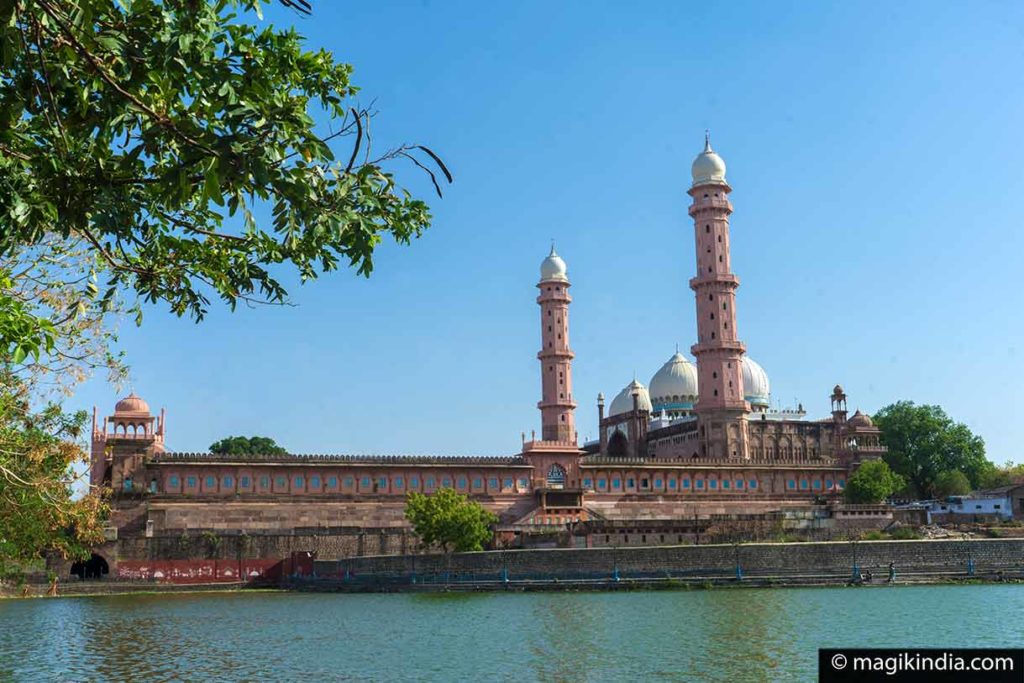
Taj-ul-Masajid means “crown among mosques”. It is one of Asia’s largest mosques.
Its construction was launched by Nawab Sultan Shah Jahan Begum (1844-1860 and 1868-1901) and continued in the reign of her daughter Sultan Kaikhusrau Jahan Begum.
The mosque was not completed during the latter’s lifetime for lack of funds. It was only finally completed in 1985.
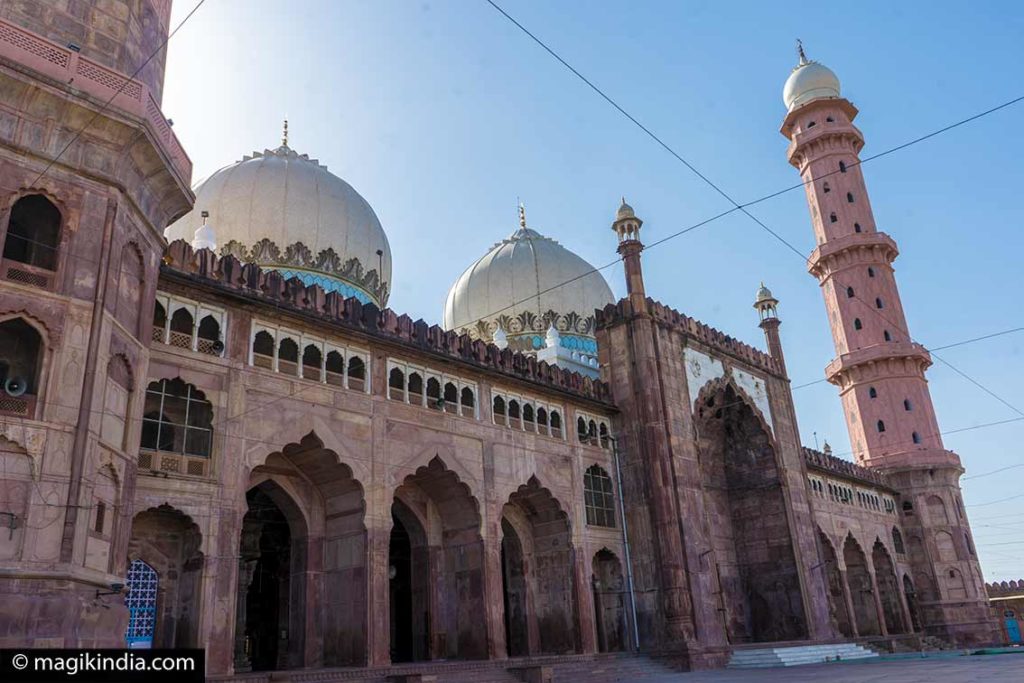
Taj-ul-Masajid boasts a pink façade from which rise two 62m octagonal minarets topped by marble domes. The main prayer hall boasts finely carved pillars and a Mughal style marble floor like the one at Jama Masjid in Delhi.
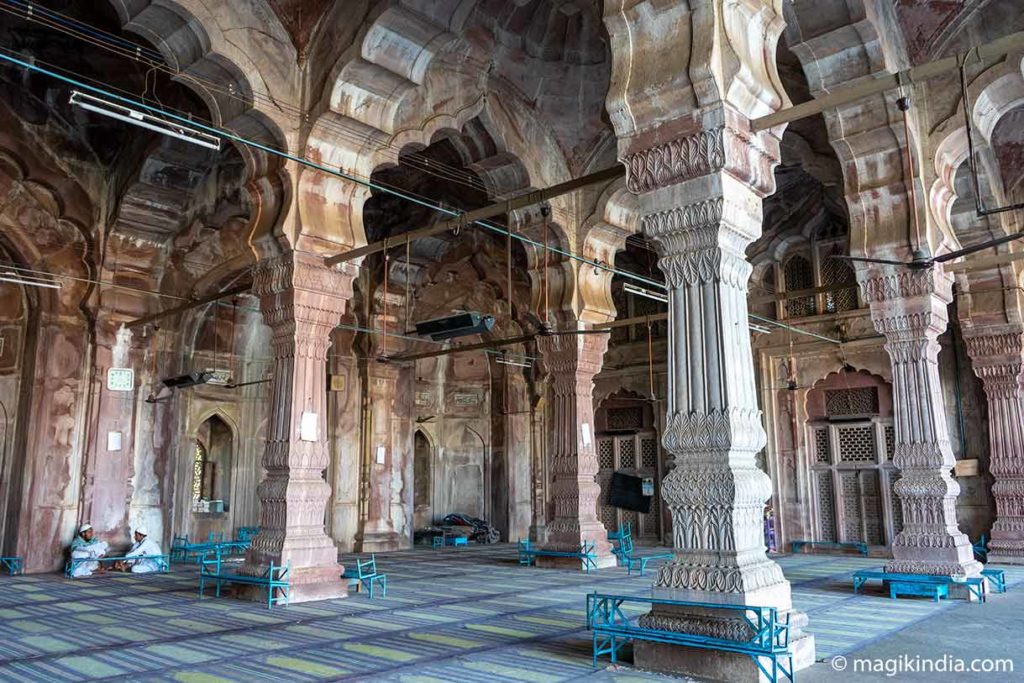
Badi Jheel Lake / Upper lake

TheBada Talab or the Upper Lake is a vast stretch of water on the western edge of Bhopal, bordered on its southern side by the Van Vihar national park.
The lake is a quiet place where visitors can enjoy boat trips and water sports.
State Museum
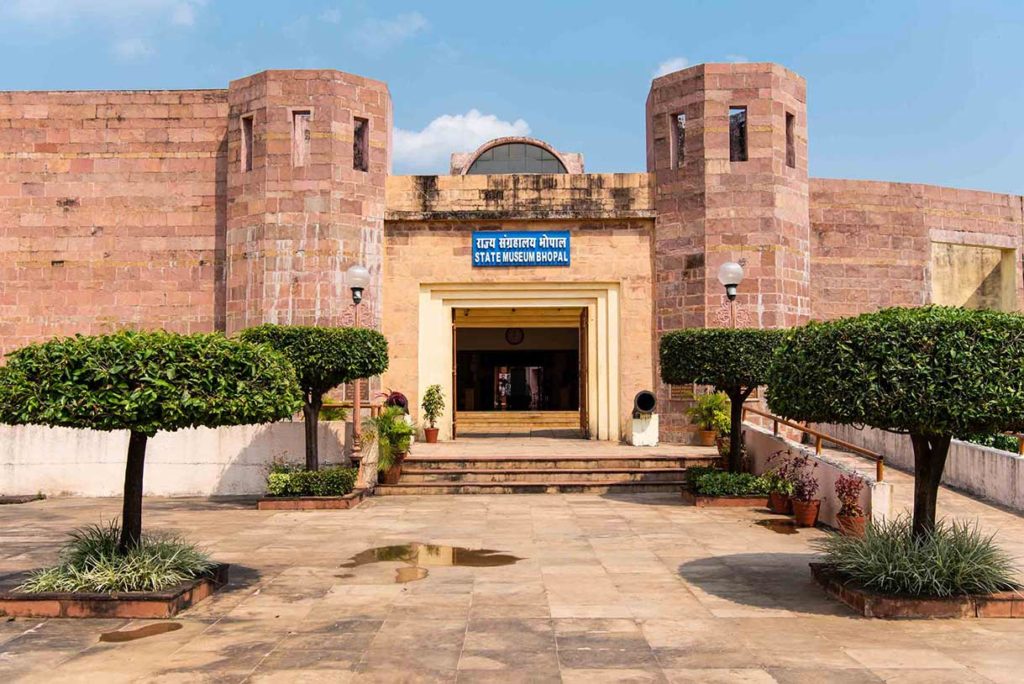
Bhopal’s museum is one of the largest in Madhya Pradesh.
Its 17 galleries house historic objects including the royal collection, fossils, prehistoric artefacts, sculptures and textiles.
The museum provides a kind of flash-back across the history of Madhya Pradesh.
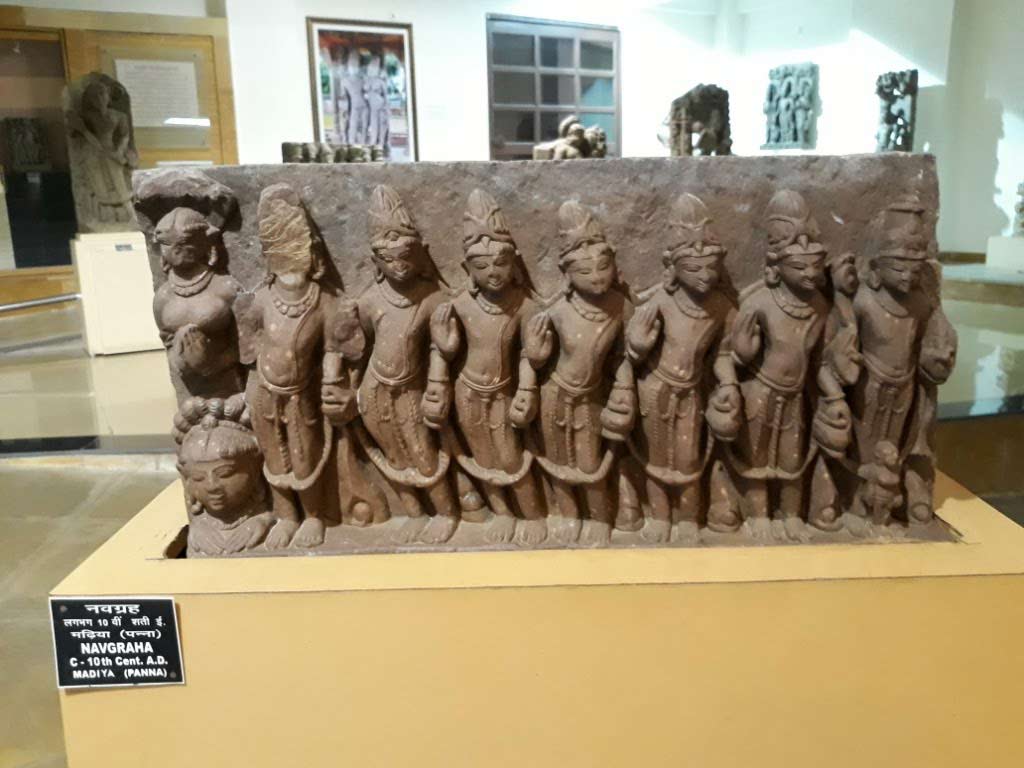
Gohar Mahal
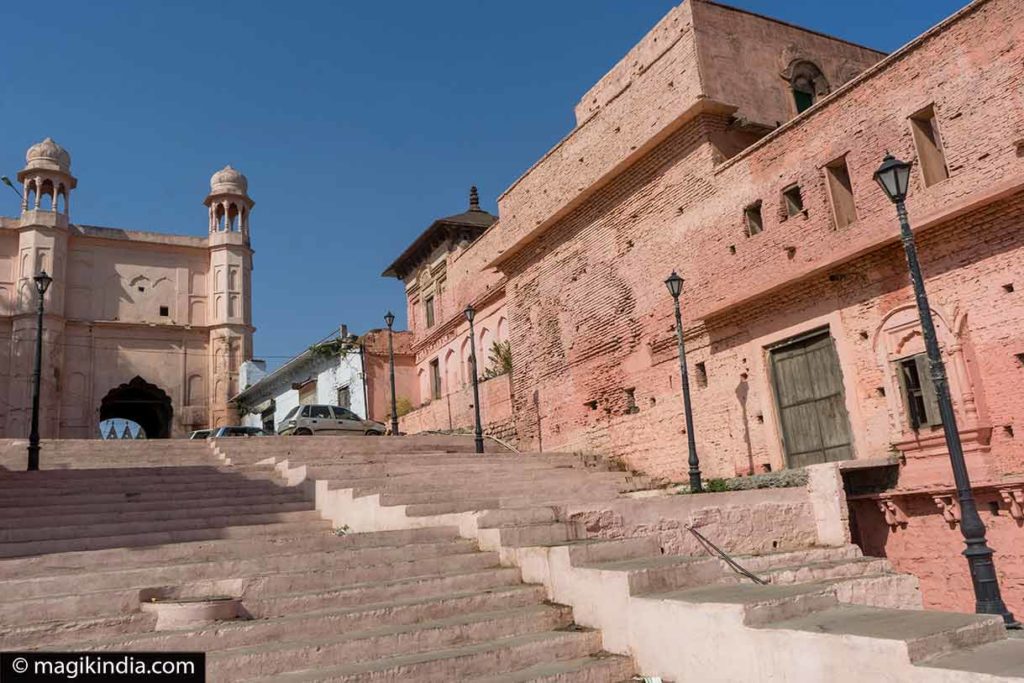
Beside the Upper Lake stands the Gohar Mahal, built in 1820 by the first woman to rule Bhopal, Sikander Jahan Begum.
The palace traversed the entire period of the Begum rulers and has now been converted into a cultural centre.
Every year the Madhya Pradesh tourist authority holds the Bhopal Mahotsav in the Gohar Mahal. This is a festival of theatre, crafts and music.
The pink Gohar Mahal is a fine example of the fusion of Mughal and Hindu architectural styles.

Shaukat Mahal & Sadar Manzil
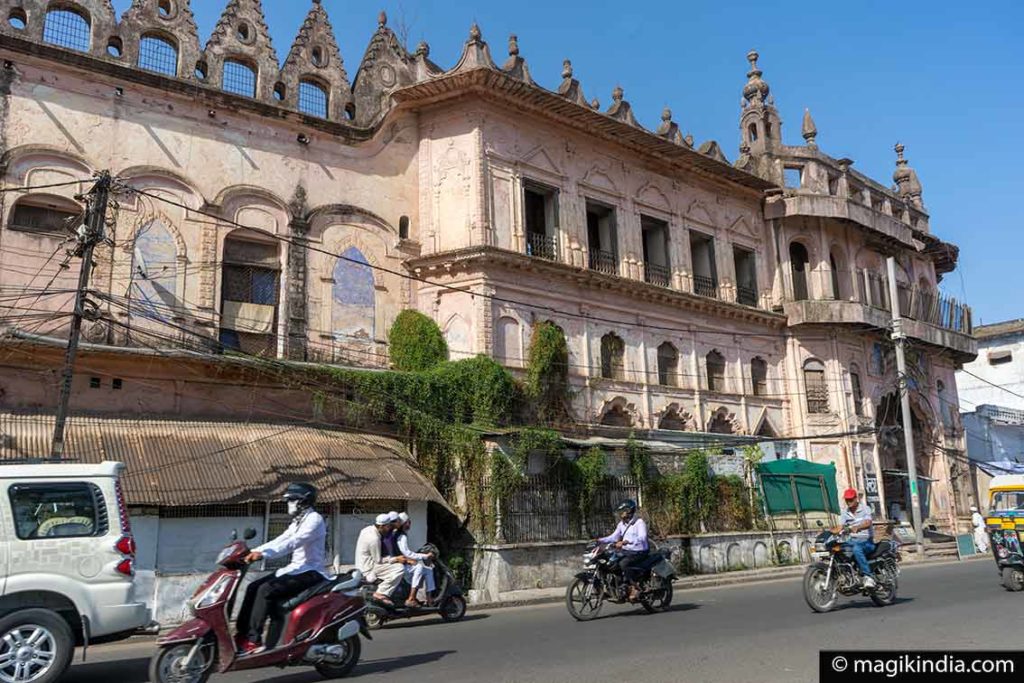
The Shaukat Mahal and the Sadar Manzil are well orth a viit, though their dilapidated condition is a great pity.
They are near the entrance to the Chowk (market) in the town centre. Both buildings are architectural curiosities.
The Shaukat Mahal was built in 1830 as a wedding gift for Sikander Jehan Begum, the first woman to rule Bhopal.
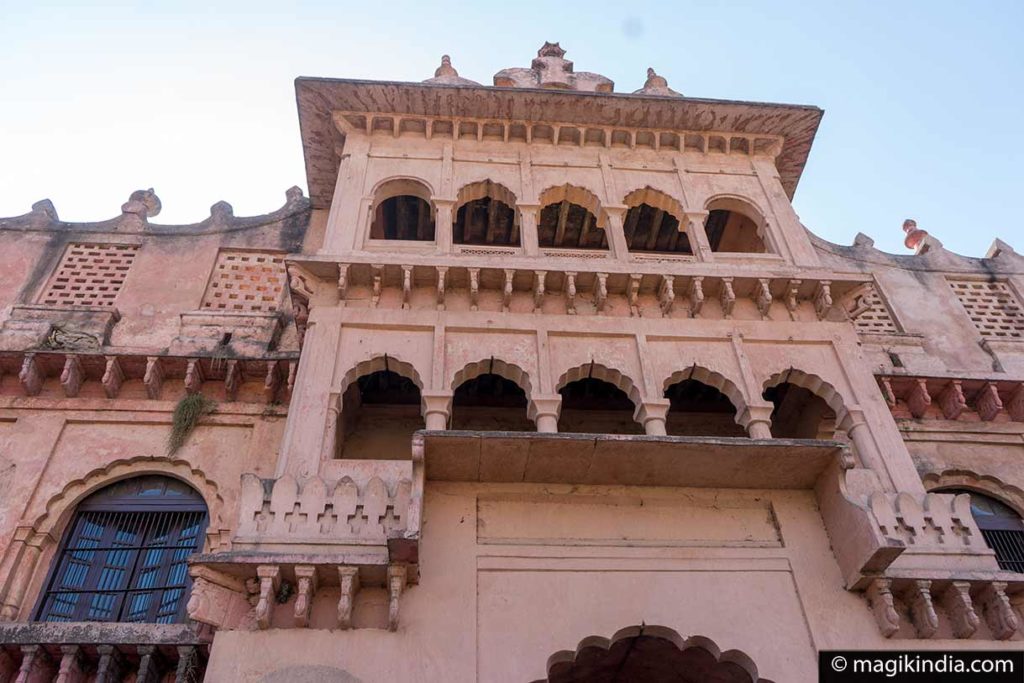
It was designed by a French descendant of the Bourbon royal dynasty. The building is a harmonious blend of Muslim architectural styles with European Gothic and Post-Renaissance elements.
Beside the Shaukat Mahal stands the Sadar Manzil, which served as a public audience hall during the princely period

Taj Mahal Palace
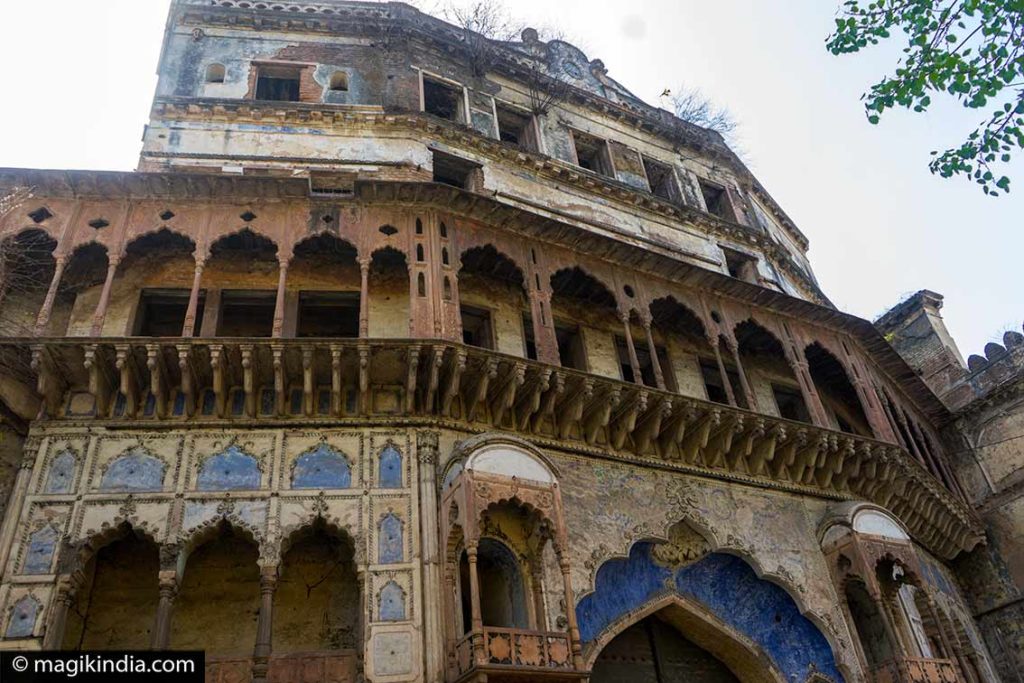
The Bhopal Taj Mahal was built as the main residence of the reigning Begums. Building was started by Shah Jahan Begum and took 13 years, from 1871 to 1884.
At the time, it was one of the world’s largest palaces. It is said that the Begum ordered a ‘Jashn-e-Taj Mahal’, i.e. three years of celebrations after the building was completed.
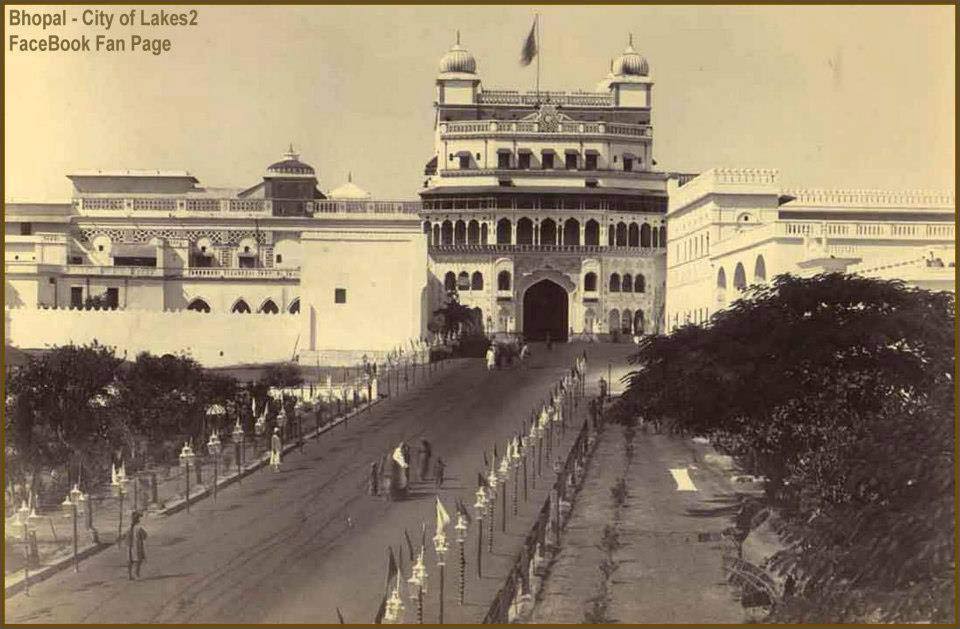
The palace fell into disuse after India’s independence. Although much of it is now dilapidated, one can easily see how splendid it must once have been.
In 2005 it was declared State heritage by the Madhya Pradesh government and the Department of Archaeology has started restoration work. But some say it is to be converted into a luxury hotel.

The architectural style of the Bhopal Taj Mahal is Indo-Saracenic, mixing British, French, Mughal, Arab and Hindu features.
It comprises 120 rooms, a hall of mirrors, the ‘Sawan Bhadon’ pavilion and an elaborate fountain that simulates the effect of rain. The main entrance is a seven-storey structure.
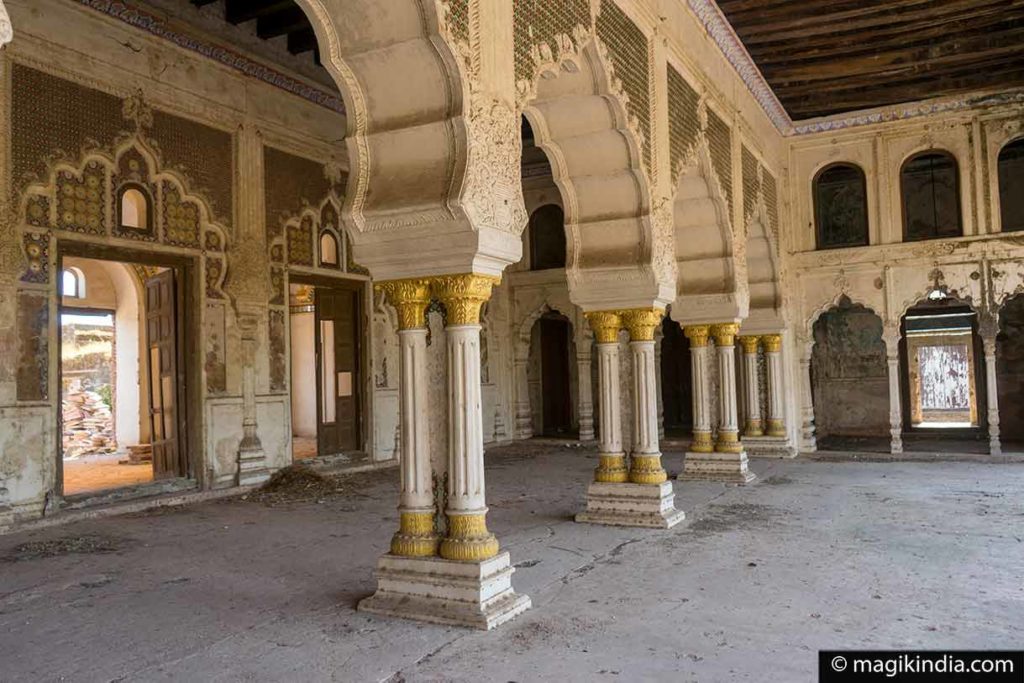
The Taj Mahal was one of a complex of buildings along the banks of the three lakes, the others being the Benazir Palace (the Begums’ summer palace) and the Taj-ul-Masjid mosque.
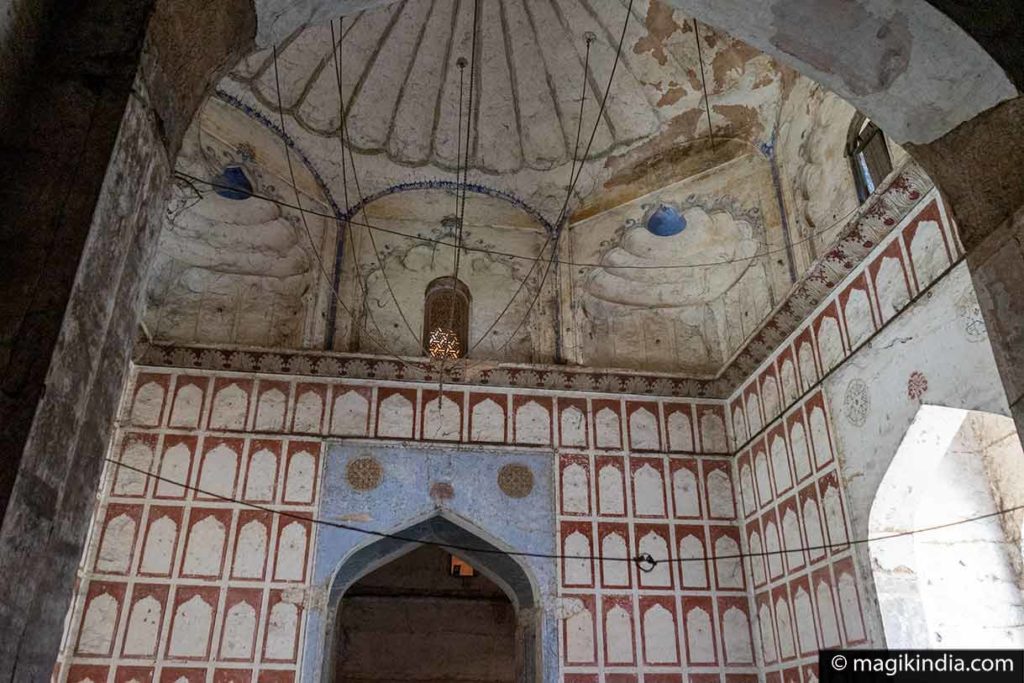
Moti Masjid
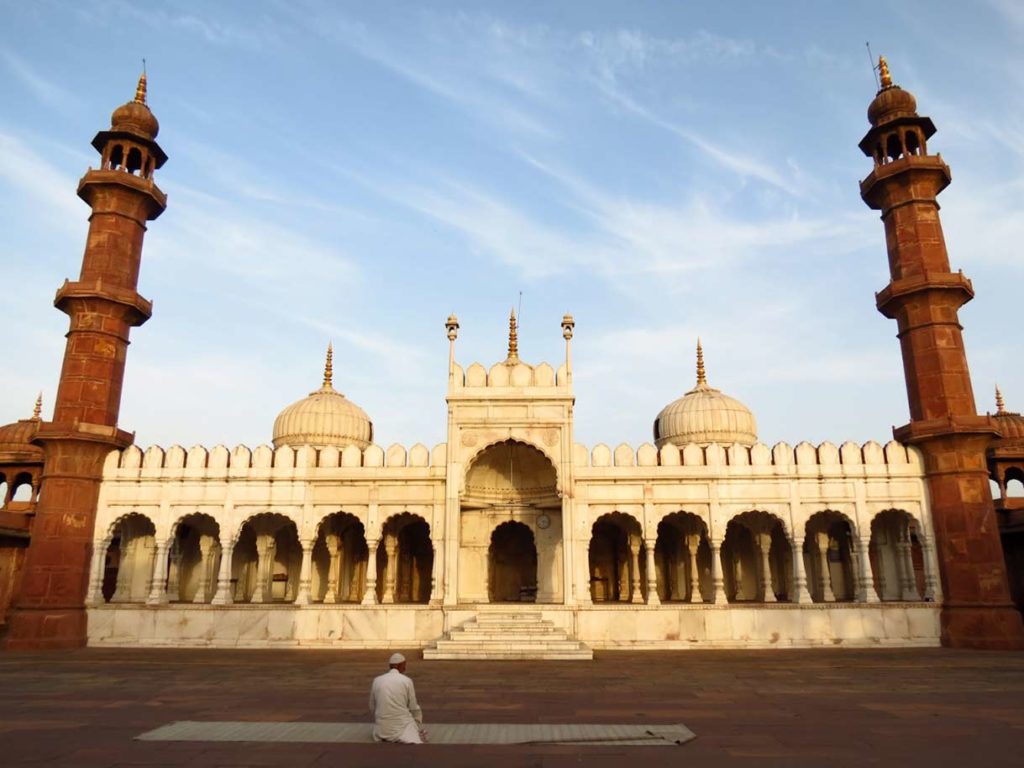
The Moti Masjid (‘small mosque’), also known as the ‘pearl mosque’, is in Bhopal town centre.
The Moti Masjid was built in 1860 on the orders of Sikandar Jehan Begum, the daughter of Qudisiya Begum.
This elegant mosque is built of red brick, contrasting with its white marble façade. Two small cupolas surmount the mosque and the red minarets on either side end in gold spikes.
Lakshmi Narayana Temple
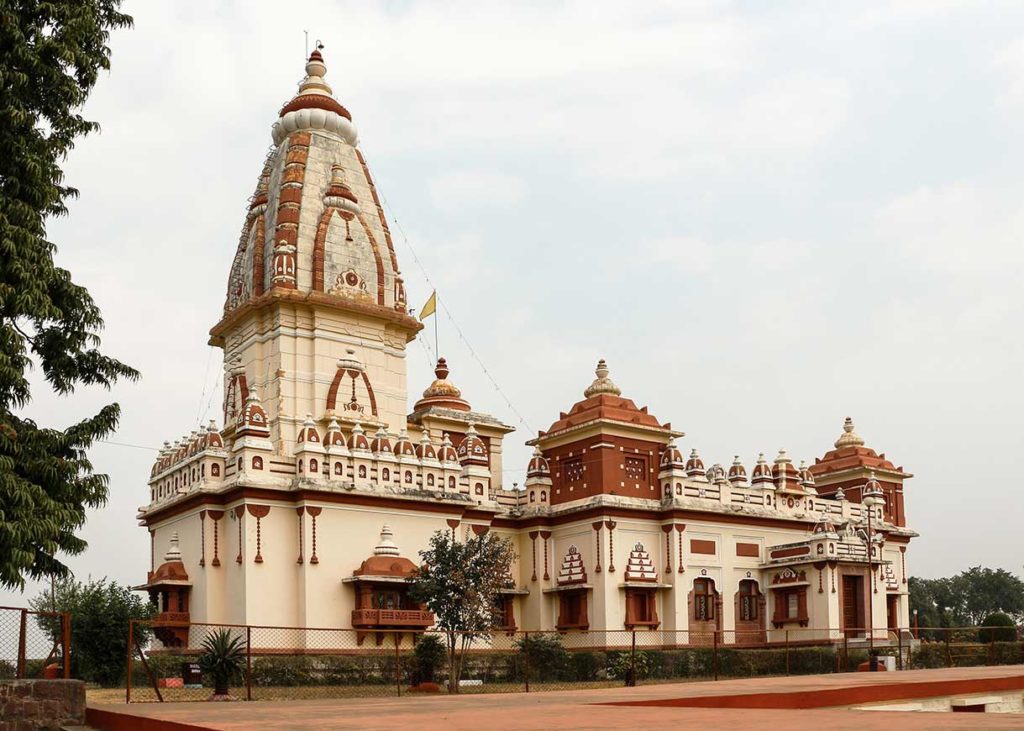
Lakshmi Narayan temple stands on the Arera hills of Bhopal. It is also known as the Birla Mandir because it was built by the Birla family of industrialists.
It is dedicated to the goddess Lakshmi accompanied by her spiritual spouse Vishnu. It also houses a shrine dedicated to Shiva and Parvati, and the Birla Museum, which boasts a fine collection of sculptures from sites around Madhya Pradesh.
Bhojeshwar temple (28 km)
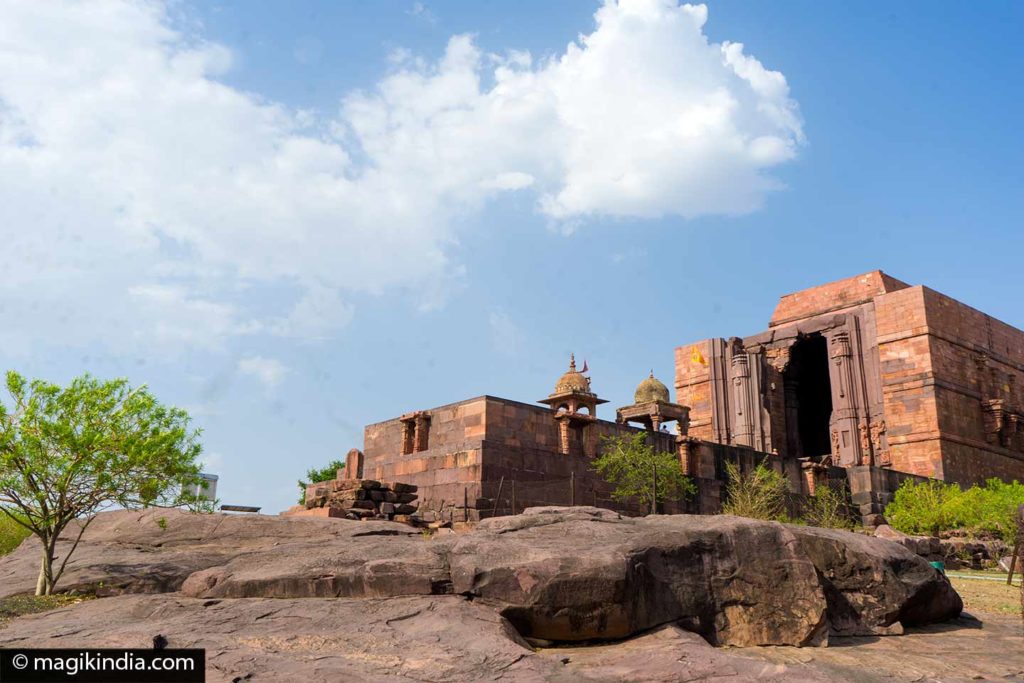
Bhojeshwar is an uncompleted Hindu temple in Bhojpur village, 28km from Bhopal. It is dedicated to Shiva and houses a 2m lingam, one of the tallest in India.
A huge, rough, blocky structure from afar, the temple reveals its delicacy as you approach. It is one more monument in India’s long list of architectural wonders…
LIRE LA SUITE +Bhimbetka (45km)

Classified as a World Heritage Site, Bhimbetka is an archaeological site nestled in a natural setting 45km from Bhopal. This site contains various rock shelters showing cave paintings dating back some 28,000 years!
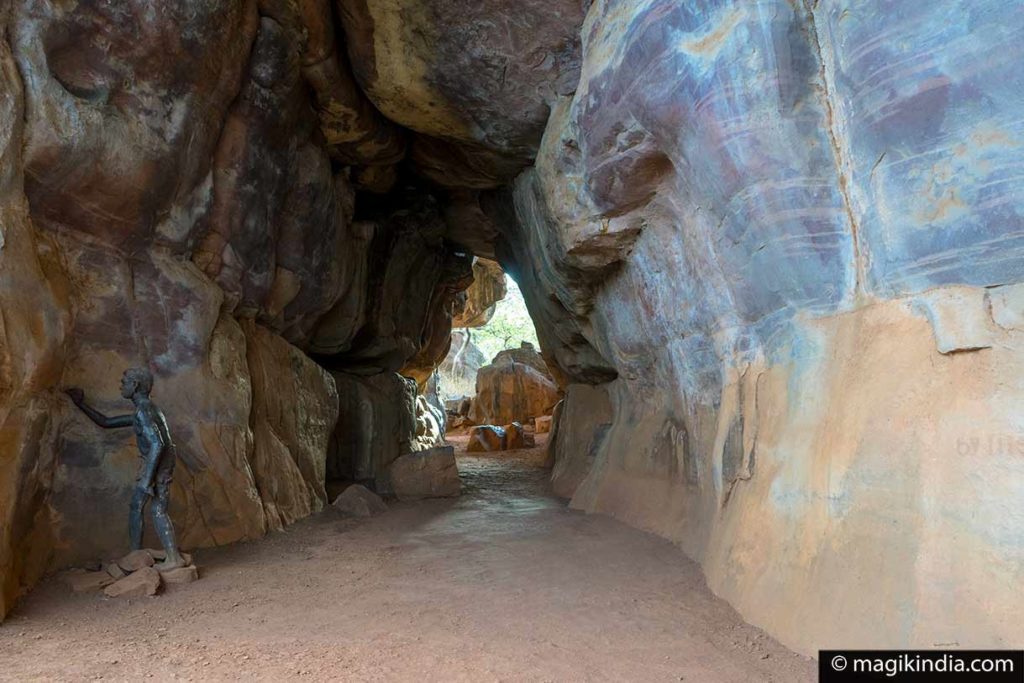
Most of these works from another era were executed using red and white pigments, more rarely green and yellow. They represent hunting scenes, dances, men riding elephants and horses, collecting honey, wearing body decorations and masks. There are also scenes from everyday life, animal fights.
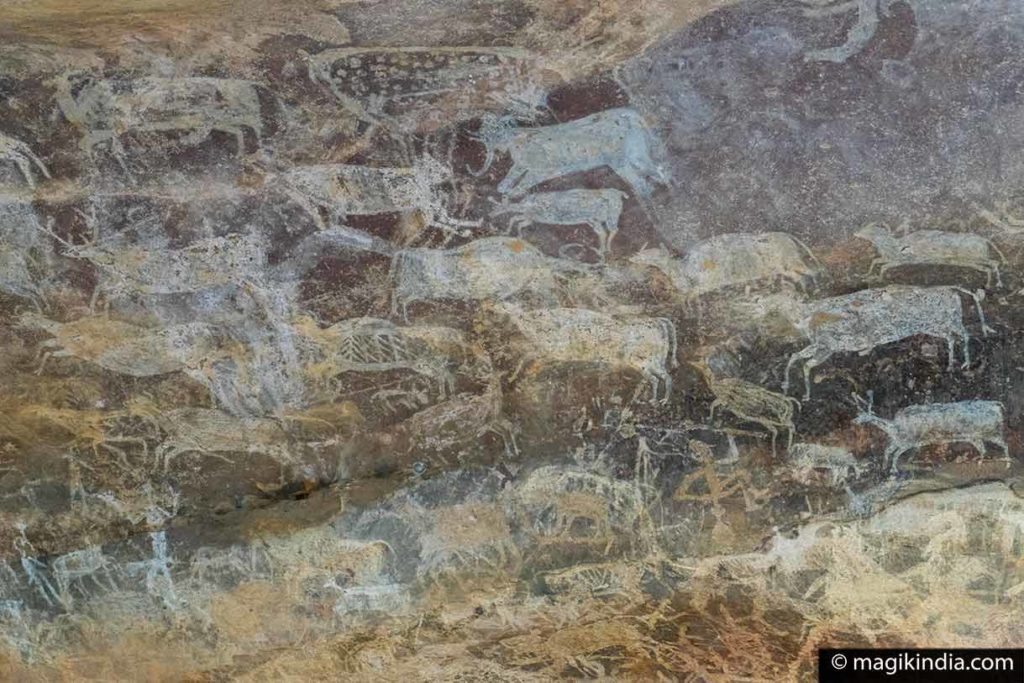
Sanchi (46km)
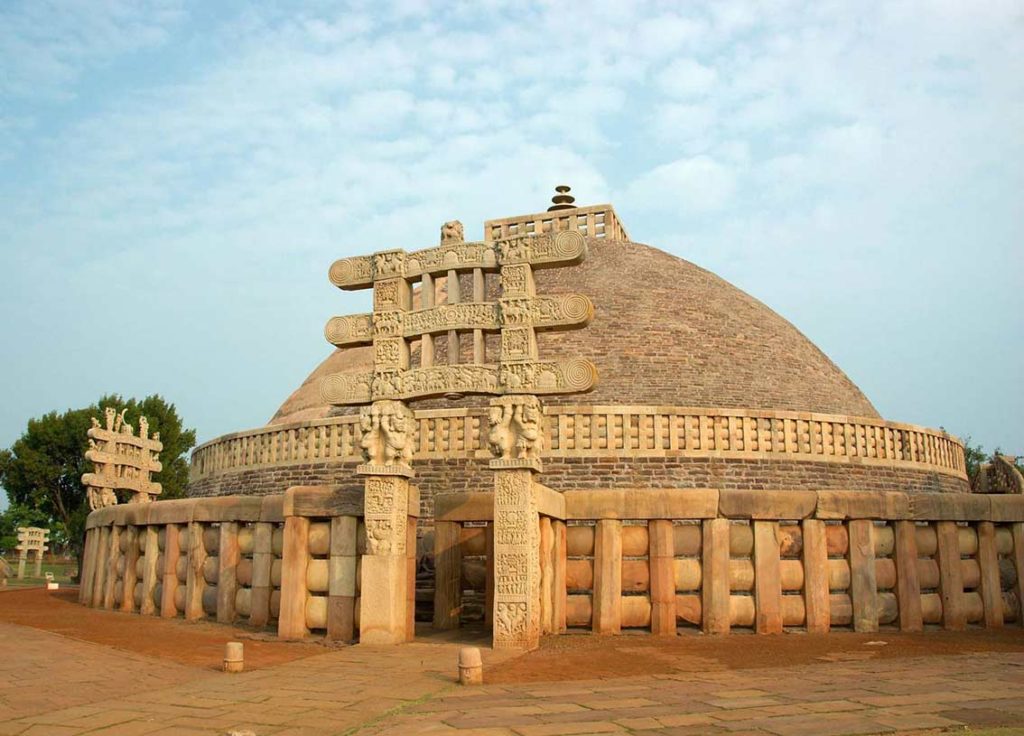
Sanchi, a small village 46km northeast of Bhopal, is famous for its splendid group of Buddhist monuments, some of which date back to the 3rd century BCE. It is the oldest Buddhist sanctuary in existence and remained a major centre of Buddhism in India until the 12th century…
LIRE LA SUITE +The World Music Festival in Udaipur, city of lakes, achieved its goal at its first edition in February 2016: it is henceforth a reference in South Asia and a must-go event for fans of World Music.
The idea behind the festival is to make Udaipur a must-go destination on the World Music scene. Conception and production are by Seher, which has already created a number of festivals in India, its best-known being Ananya, Bhakti Utsav and South Asian Bands.
Festival director Sanjeev Bhargava says: “A festival of this scale featuring such diverse music from so many different continents and regions coming together in one of the best Tourist destinations of India would make Udaipur a culturally vibrant destination. An annual event where International and domestic travelers can mark the dates on their yearly travel calendar.”
The well-conceived, eclectic programme for the first edition in February 2016 featured a hundred artists and musicians from 12 countries including France, Ghana, India, Italy, Portugal, Spain and Venezuela.
The festival not only lived up to its promise in terms of quality and geographical sweep, it also helped boost access to culture because all the concerts were free. Indian audiences danced to the electrifying beat of Dobet Gnahoré and were amazed by the flamenco with its lascivious entwinement of bodies, which they saw for the first time.
It was a shame that (as so often in India) so much space was given over to VIP seats, which cut the public off from the stage and the artistes from their audience. Maybe that will be improved next time around.
- The stage by the Fateh Sagar lake
- Raghu Dixit Project (rock fusion) INDIA
- Oum MOROCCO (Moroccan Saharan Soul)
- Mathias Duplessy & Mukhtiyar Ali FRANCE & INDIA
- ALEKSANDAR SIMIC, SASKIA RAO – DE HAAS, SHUBHENDRA RAO, SHARAT CHANDRA SRIVASTAVA, FAKHRODDIN GHAFFARI Serbia, Netherland, India & Iran
- Dobet Gnahoré (african beats) – IVORY COAST
- Flamenco – JUANMA ZURANO & TAMARA. PASO A DOS Spain
- Carminho (Fado) PORTUGAL
- Fusion of Sufi & Gospel Music SONAM KALRA & THE SUFI GOSPEL PROJECT
[ Share 🙂 ]
Bhojeshwar is an uncompleted Hindu temple in Bhojpur village, 28km from Bhopal. It is dedicated to Shiva and houses a 2m lingam, one of the tallest in India. A huge, rough, blocky structure from afar, the temple reveals its delicacy as you approach. It is one more monument in India’s long list of architectural wonders.
Breakfast in India is usually savoury and spicy. It’s a full meal and often versatile, some dishes being suitable for any time of day. Here is a selection of the most popular indian breakfasts.
Each February, the World Sacred Spirit Festival brings together eminent musicians from all over the world to explore the sacred through different forms of art from music and chant to dance and poetry. A festival of Sufi-inspired devotional music set in the magical and prestigious sites of Ahhichatragarh in Nagaur and Mehrangarh Fort in Jodhpur.
A selection of the most popular non-alcoholic beverages of India.
Chai / Masala tea
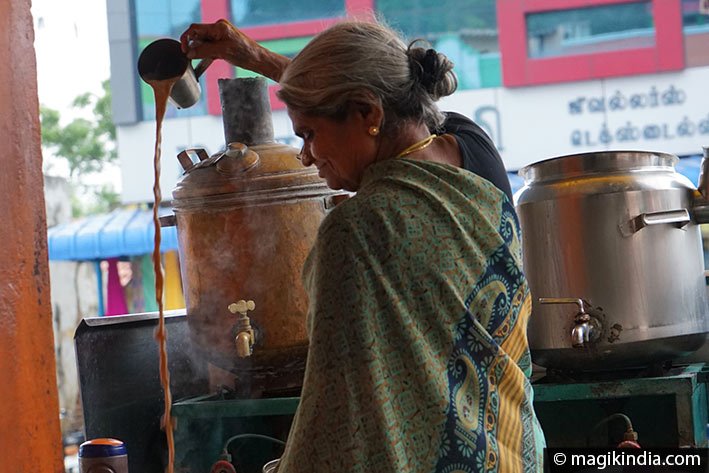
Let’s start by the most popular beverages of India: chai tea!
Chai is a black tea with milk and a good dose of sugar :). Mixed with spices, it takes the name of “masala chaï”. The word chai (tea in Hindi) is the name given in the north of India, in Tamil Nadu it is called Teythani or Teyilai.
There is no fixed recipe or preparation method for masala chai and many families have their own versions of the tea. Most chai contains 1/3 of black tea. Usually, a specific type of Assam is used called “mamri”, a granuled tea.
For a masala chai, the spice mixture, called Karha, uses a base of ground ginger and green cardamom pods. Other spices are usually added to this base like cinnamon, star anise, fennel seeds, peppercorn, nutmeg, cloves and also lemongrass and mint like in Gujarat. Certain type of spices will be used according to the season.
[ The art of Chai in Tamil Nadu ]
Coffee / Kaapi
 Indian coffee is made by mixing frothed and boiled milk with coffee powder in a traditional Indian filter.
Indian coffee is made by mixing frothed and boiled milk with coffee powder in a traditional Indian filter.
The drink is also known as kaapi (the South Indian phonetic rendering of “coffee”). Outside India, the term “filter coffee” may refer to drip brew.
The most commonly used coffee beans are arabica and robusta of South India hills.
In South India, the coffee is drunk from the tumbler but is often cooled first with a “dabarah” a wide metal saucer with lipped walls.
Lassi
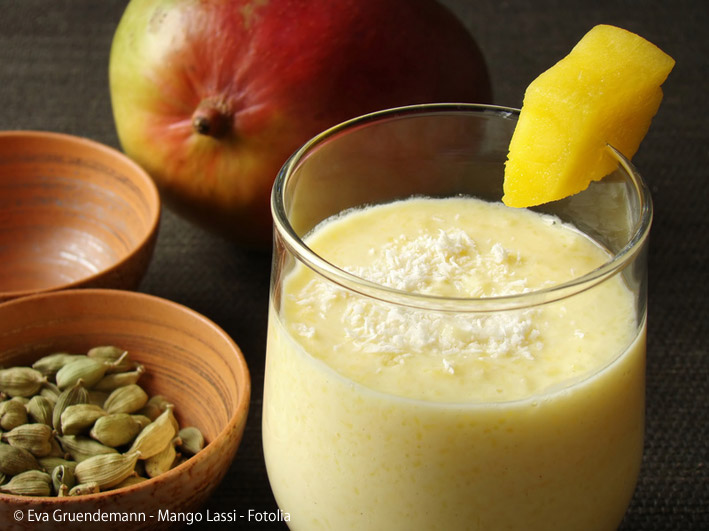 Another famous drink of India. Lassi is a blend of yogurt and water.
Another famous drink of India. Lassi is a blend of yogurt and water.
Traditional lassi is a savoury drink, sometimes flavoured with ground and roasted cumin.
Sweet lassi, however, contains sugar or fruits, instead of spices. Lassis are enjoyed chilled as a hot-weather refreshment, mostly taken with lunch.
Chaas
 Chaas, pronounced ‘Chaach’ is a yogurt-based drink popular across India. It is a kind of buttermilk.
Chaas, pronounced ‘Chaach’ is a yogurt-based drink popular across India. It is a kind of buttermilk.
Chaas is made by churning yogurt and cold water together in a pot, using a hand-held instrument called madhani (whipper).
This can be consumed plain or seasoned with a variety of spices.
Chaas is very close to Lassi, with two major differences: Chaas is more dilute (with water) than lassi and unlike lassi, Chaas does not have added sugar.
Chaas can be consumed plain, but a little salt is usually added. Numerous other seasonings and spices can be added to salted Chaas, either singly or in combination with each other. The spices which can be added thus are: Coarsely ground and roasted cumin seeds, curry leaves, asafoetida, grated ginger, very finely diced green chillies and Mustard seeds.
Coconut water
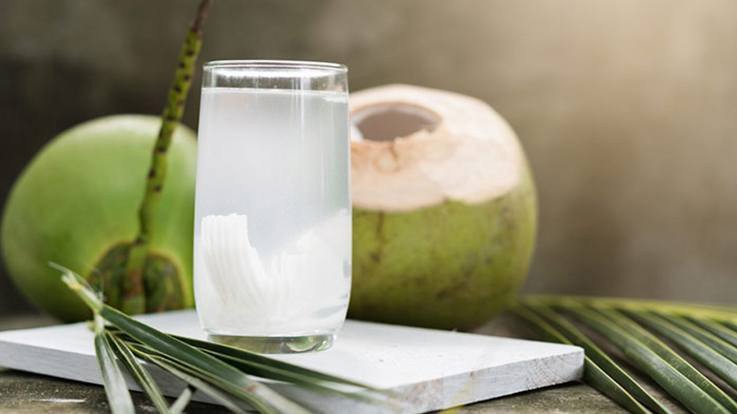
Coconut water has long been a popular refreshing drink in the tropical countries.
Coconut water is the clear liquid inside young green coconuts (fruits of the coconut palm). Fresh coconuts are typically harvested from the tree while they are green. A hole may be bored into the coconut to provide access to the liquid and meat.
They are often sold by street vendors who cut them open with machetes or similar implements in front of customers.
In recent years, coconut water has been marketed as a natural energy or sports drink having low levels of fat, carbohydrates, and calories, and significant electrolyte content. However this is disallowed by certain regulatory agencies.
Sugarcane juice

Sugarcane juice is the juice extracted from pressed sugarcane. It is obtained by crushing peeled sugar cane in a mill.
It can be a hand-cranked machine, or powered. It is served, often cold, and sometimes with other ingredients, such as a squeeze of lemon, black salt or mint.
The juice is very healthy and tasty but you have to be very careful about hygienic conditions.
[ Sugarcane juice making in Odisha ]
Shikanjvi ou Nimbu Pani – limonade
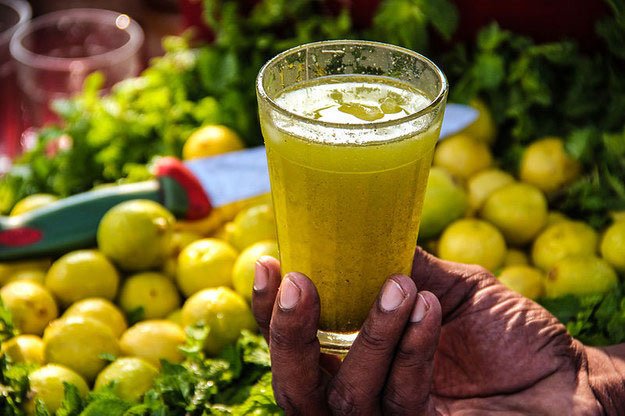
Shikanjvi or Nimbu Pani is a type of traditional lemonade from North India.
While the base ingredients include lemon or lime juice and sugar, shikanjvi often contains other ingredients such as chaat masala, salt, saffron and cumin.






